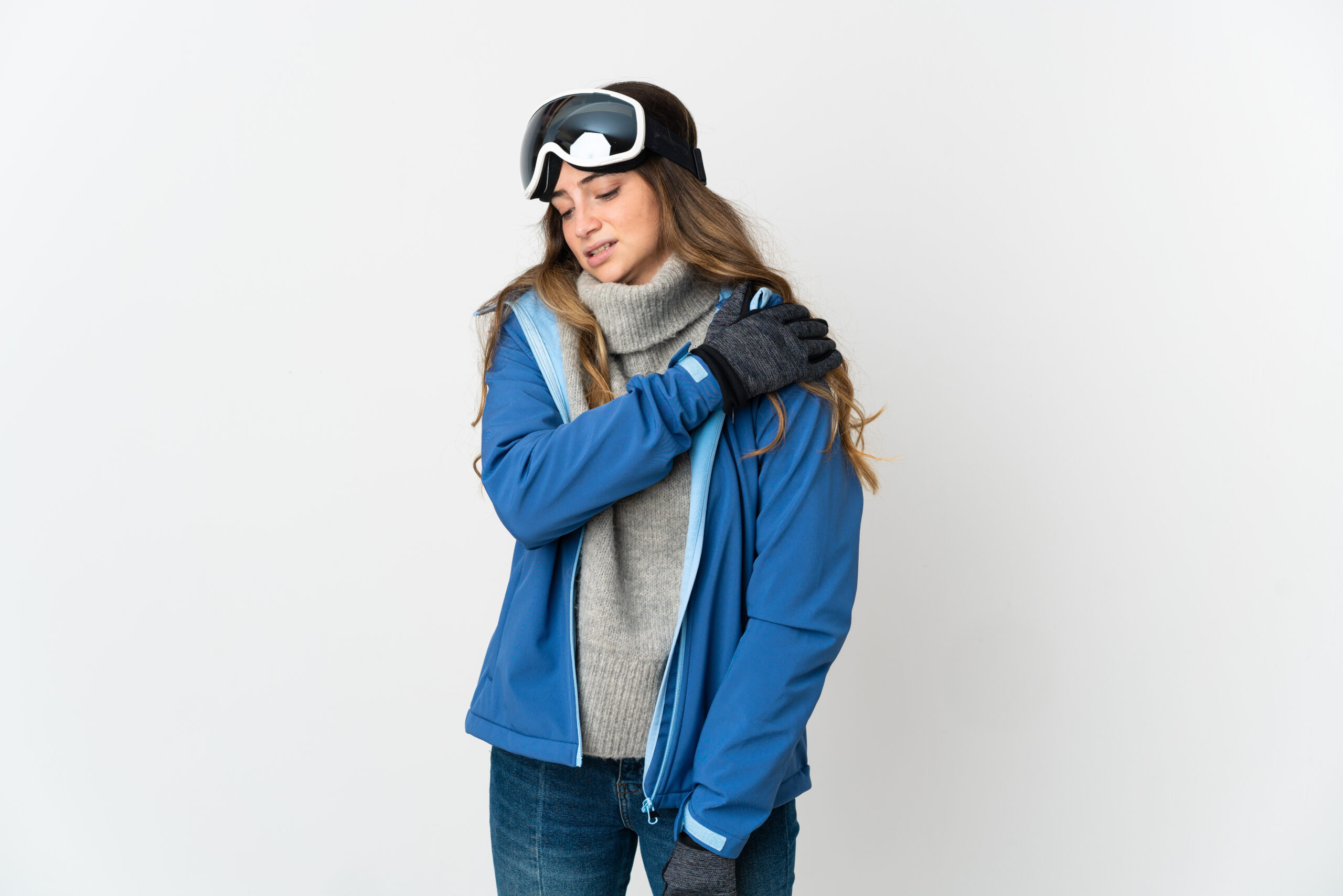Your Shoulders and Snow Sports


As winter approaches and the snow-covered mountains beckon, avid snow sports enthusiasts need to ensure their bodies are ready for the thrill of winter activities. For those recovering from a shoulder rotator cuff injury, a targeted rehabilitation plan becomes essential to enjoy skiing or snowboarding safely and with confidence.
The rotator cuff is a group of four muscles and tendons that surround the shoulder joint, providing stability and facilitating a wide range of arm movements. Injuries to this crucial area can occur due to overuse, trauma, or degeneration over time.
Before embarking on a rehabilitation program, individuals with a rotator cuff injury should consult with a healthcare professional. A thorough assessment including history, examination, x-ray and frequently MRI will help determine the extent of the injury and guide the development of a personalized rehabilitation plan.
Rehabilitation often involves a series of targeted exercises to strengthen the muscles around the shoulder. These exercises may include rotator cuff-specific movements, shoulder blade/ scapula stabilization exercises, and overall shoulder strengthening routines. Gradual progression is key to avoid overexertion.
Restoring and maintaining a healthy range of motion in the shoulder is vital for snow sports enthusiasts. Gentle stretching exercises, pendulum swings, and range of motion drills help improve flexibility and reduce stiffness.
Incorporating functional movements that mimic snow sports actions is crucial for rehabilitation. Exercises like diagonal patterns, simulated pole planting, and controlled shoulder movements can help prepare the shoulder for the demands of skiing or snowboarding and prevent injury.
Snow sports require a good sense of balance and coordination. Including exercises that challenge balance, such as stability ball exercises or single-leg stands, can enhance overall stability and reduce the risk of falls.
Patience is key during rotator cuff rehabilitation. Gradually increase the intensity and complexity of exercises as strength and flexibility improve. Rushing the process may lead to setbacks and potential re-injury.
With a comprehensive shoulder injury rehabilitation plan, snow sports enthusiasts can confidently return to the mountains for skiing. Prioritize your shoulder health, consult with professionals, and commit to a gradual and thoughtful approach. A strong and well-rehabilitated rotator cuff will not only enhance your performance on the slopes but also contribute to a safer and more enjoyable winter sports experience.